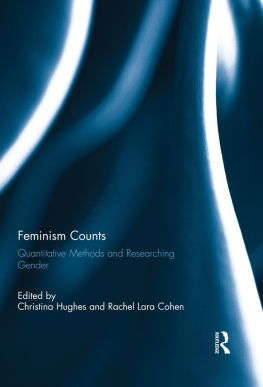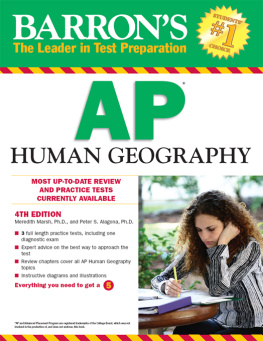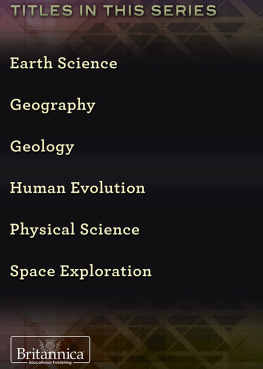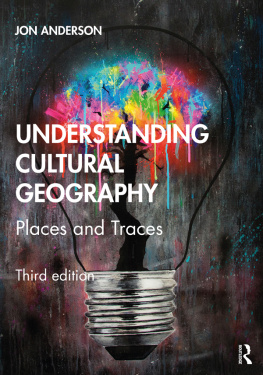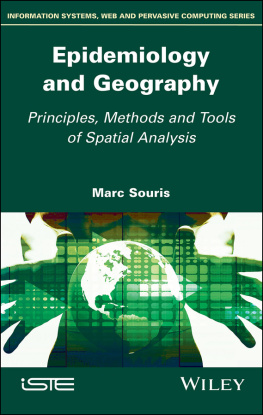Doing Gender, Doing Geography
Doing Gender, Doing Geography
Emerging Research in India
Editors
Saraswati Raju
Kuntala Lahiri-Dutt
First published 2011 in India
by Routledge
912, Tolstoy House, 1517 Tolstoy Marg, Connaught Place,
New Delhi 110 001
Simultaneously published in the UK
by Routledge
2 Park Square, Milton Park, Abingdon, Oxon, OX14 4RN
Routledge is an imprint of the Taylor & Francis Group, an informa business
Transferred to Digital Printing 2011
2011 Saraswati Raju and Kuntala Lahiri-Dutt
Typeset by
Star Compugraphics Private Limited
D156, Second Floor
Sector 7, Noida 201 301
All rights reserved. No part of this book may be reproduced or utilised in any form or by any electronic, mechanical or other means, now known or hereafter invented, including photocopying and recording, or in any information storage and retrieval system without permission in writing from the publishers.
British Library Cataloguing-in-Publication Data
A catalogue record of this book is available from the British Library
ISBN: 978-0-415-59802-6
This book is printed on ECF environment-friendly paper manufactured from unconventional and other raw materials sourced from sustainable and identified sources.
To David Sopher (192382), my mentor and teacher who taught me to be empathetic toward the marginalised, the peripheral and the neglected. My location at the Centre for the Study of Regional Development, Jawaharlal Nehru University, New Delhi fuelled the spirit further.
Saraswati Raju
To those from whom I learned geography: the teachers in Lady Brabourne College, Kolkata; my other teachers Professors Sunil K. Munsi; Pradip K. Mukhopadhyay and late Shri Arabinda Biswas; and those at Calcutta University, in particular, Professor Suprova Roy. This volume is also a gift to, and an effort to speak with, my students in Burdwan University. They all inspired me to pick up the courage to ask difficult questions and seek simple answers.
Kuntala Lahiri-Dutt
Contents
List of Tables, Figures and Maps
Tables
Figures
Maps
Preface
U ntil the 1970s, gender had remained invisible in the analyses of social space and place in the discipline of geography. Terms such as mankind were widely used, and it was assumed that they implicitly meant everyone, and included women automatically. Even behavioural approaches in human geography started with the premise that communities and social groups were homogeneous in their interactions with the environment. Consequently, any specific and separate reference to women was largely unwelcome. It took the efforts of many to contest the misogyny implicit in such terms as mankind or in other contents of geography. In recent decades, the androcentrism implicit in the way conventional geographers perceived and explain the world has thankfully been challenged widely by a number of geographers. Feminist geographers have shown that men and women interact differently with place, and that many of the gender relations are stretched over space, that is, they are essentially spatial in nature. The recent contributions to feminist geography have successfully offered new interpretations of place and have redefined space, as well as thrown new insights into men and women, gender roles and gender relations. If in the early days geography seemed to be on a warpath with feminism, those days are well and truly over. After the initial collision, feminism and geography have now reconciled and each has now enriched the other in significant ways. This mutual enrichment has happened through an epistemological rethinking. The wider use of cross- and inter-disciplinary research methodologies has led to more intensive rethinking of geography itself as an increasing number of geographers adopt the gender lens in their research. New and gendered perspectives on geography as a discipline have emerged.
Geographers in India have been studying gender through their disciplinary lens over the years as evidenced by the growing body of geographical writings on gender. The early days were marked by a reliance on well-tested and widely accepted statistical methods that use various kinds of numerical data. It is possible that this was done to carve out hitherto unwelcome niches without completely destabilising the established order. Indeed, such subversion of the order by collusion has been one of the preferred political strategies widely propounded by feminists. Such strategies, as against the strategy of direct confrontation or flowing against the stream are equally potent as political manoeuvres. The outcomes in both cases are not very different, and indeed, the recent spate of feminist writings in Indian geography, exploring and using innovative methods to explain geography from the perspective of gender, provide evidence to the changes that are shaking the monolith of Indian geography.
The content of the book reveals that this volume draws mainly from the writings of Indian geographers working on gender from geographical perspectives. If they have raised their voices, pushed the research frontier into a less-trodden field at some risk, the book is an attempt at creating spaces for them so as to claim their arrival. This is purely an intentional and political act on the part of the editors. In the present sensitivities and contestations toward the Anglo-Saxon/Eurocentric hegemonies, we wanted to place upfront the importance of local context and legacies that have shaped knowledge production in Indian geography. We also wanted this book to trace the changing contours of theoretical and methodological shifts in research on gender in geography. Through this book, we are initiating a dialogue with more established feminist scholars who currently hold the hegemony over knowledge production in feminist geography. Above all, we may also succeed in drawing the attention of the feminists to the growing body of research being done by geographers on gender in India.
We would like to position our book as a pioneering and significant intervention in bringing upfront Indian geographers contributions on understanding gender and, through it, help enrich the discipline of geography itself. We are confident that the volume would have significant uses for postgraduate and research students not only within the discipline of geography, but also from other disciplines engaged in gender studies as well as for those working towards the betterment of women and mens lives from outside the academia and from within the civil society. Through this volume, we are also initiating a dialogue with internationally-based scholars working with feminist methodologies and seeking Indian feminist scholarship in the field of Indian geography. We hope that this book will provide them with the much sought after material on feminist ontology and epistemologies from an Indian perspective.
As we sign off, it would not perhaps be out of place to talk a little about the process of shaping this book together, the fact that we came from different academic and personal backgrounds Kuntala, from a large regional university in India and later at the Australian National University (ANU), and Saraswati earlier at an affiliated postgraduate college at Gwalior and then at Jawaharlal Nehru University (JNU), New Delhi. This is not coincidental. Our backgrounds have both differences as well as similarities. For example, researching gender in either of these locations would have had a very different trajectory, leading to different experiences and exposures. At the same time, however, we both were doing gender in geography at a time when the androcentric tenor of the discipline was stark, inhibiting innovative thinking amongst Indian geographers. The commonalities in our background meant that we had much to share. For example, enshrined in the Indian tradition of geography, we both were somehow made to answer: What has geography got to do with gender? One would think that in todays world such a question would seem rather unbecoming, but it made us more aware of ourselves as women, and encouraged us to think differently.


